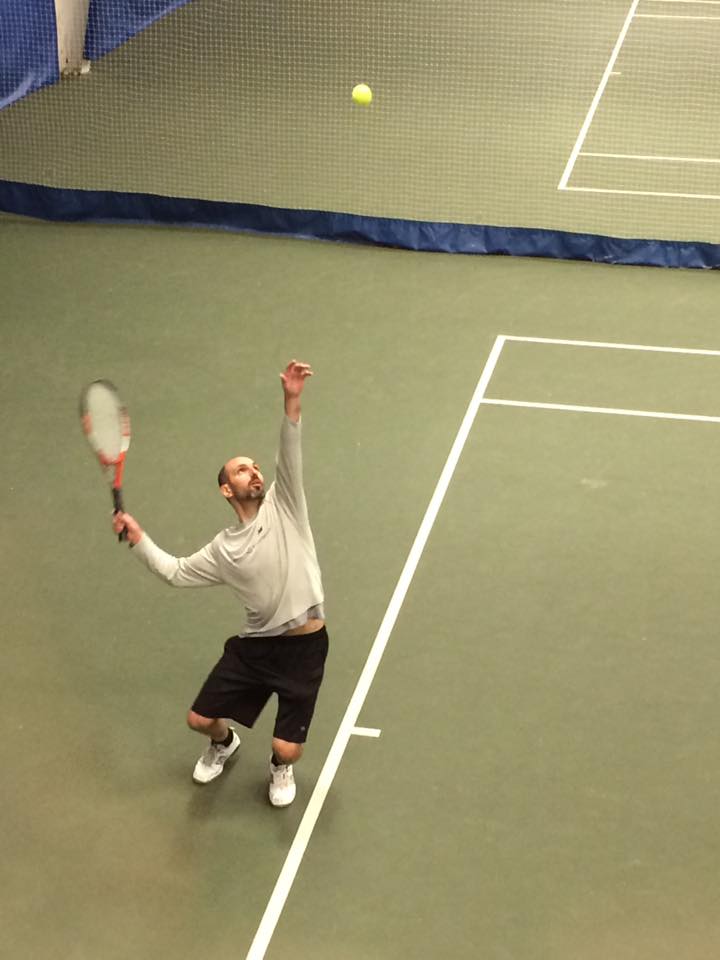Perhaps you caught last month’s news story about a tech CEO who was hit by a car and killed crossing a street in Acton. He was a friend of mine from college. The driver took away a leader from a company, a husband from a wife, and a father from two young daughters, and severely derailed the trajectory of their own life in the process.
Some of the details omitted from the published story include that he was crossing the street to meet his wife for dinner and that the driver hit him while he was in a crosswalk. Try telling that to the internet trolls who left some ignorant comments suggesting that my friend may have been looking at his phone or crossed without looking.
Their comments got me thinking, and I remembered that blaming the victim is largely about fear. Admitting that we have limited control over our fates is scary, so much so that some of us find some comfort in assuming that a victim must have made some error and brought their end upon themselves.
Looking back, I experienced some of this myself with my three back surgeries. When I had the first operation to remove a tumor, some people questioned how I could possibly have developed one and suggested that I must have grown up under high voltage wires or that I did not take care of myself. No, my environment was fine, I was an athlete, and I had a balanced diet (by adolescent standards). When I had my first spinal fusion, some people assumed I must have done something stupid in the weight room to necessitate the repair, but no, it was really just the fallout from a freak accident and residual structural issues from the tumor. The next year, when I had to have a second fusion because the first one did not work, some people figured the surgeon must have screwed up or that I did something wrong with my rehab. No, sometimes surgeons do everything right and the patient can look on paper like the ideal candidate to heal well, and yet, in a small percentage of cases – including mine – problems still arise.
Our health is no exception to the reality that our outcomes are only somewhat in our control. We live in a culture that blames “overweight” people for their size, that if they only were disciplined enough to eat less and exercise more that they would be thinner, while the reality is that long-term weight regulation is largely regulated by factors unrelated to our behavior. We look at scary diseases and hope we can ward off morbidity and mortality by creating and avoiding dietary demons, yet people of all ages and behavior profiles still get sick and die.
A few days after my friend was killed, my daughter and I had a close call ourselves while I was walking her to school. We got to a crosswalk, I hit the button to activate the flashing yellow lights, the cars in both directions stopped for us, and we began to cross. Before we could make it across, an SUV pulled out from the school’s driveway. Perhaps the driver saw the stopped cars and thought they were waving her in. Regardless, without looking in our direction, she turned onto the street towards us and hit the accelerator. I started running, and it was a close enough call that I arched my back in order to avoid the corner of her front bumper. When I glanced back at the driver, she looked horrified. As we continued on our way, the driver repeatedly yelled to us, “I’m so sorry!”
I was angry, just as I was when I heard my friend died. I was angry at both drivers, and I was mad at our society that normalizes and enables careless driving. However, beneath my anger was fear. We live in a world in which someone can do everything right and still have things go very, very wrong, which is horrifying, and we attempt to shield ourselves from this fear by assuming that victims brought their fates upon themselves.




